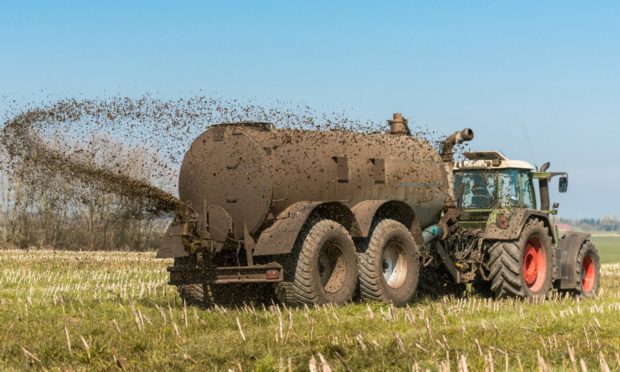UK dairy farms are monitoring cow health with Fitbit-like collars and trialling “poo power” to fuel milk tankers in efforts to cut their climate impact, a report says.
Farmer-owned co-operative Arla has published a report on the carbon footprint of milk using independently assessed data from 1,964 UK farms.
The report also outlines measures farmers can and are taking, such as precision slurry-spreading techniques, using manure for energy, reducing the amount of protein in cow diets and making sure they are healthy – and happy.
Arla said the report would help the co-operative meet its target for a 30% cut in emissions per kilogramme of milk at farm level by 2030, on the way to becoming carbon net zero across the supply chain by 2050.
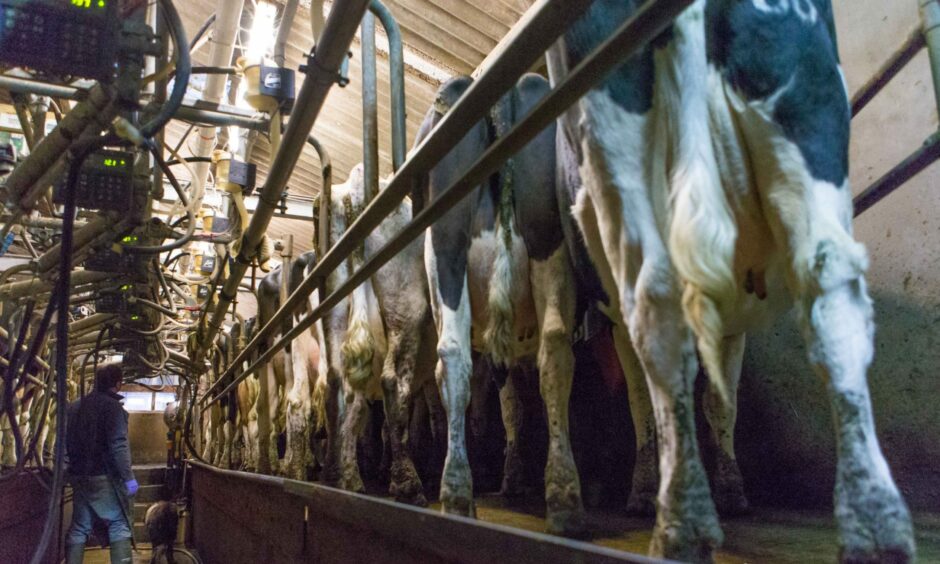
It highlights that the main sources of emissions for the raw milk produced on Arla farms are cow digestion and the methane they burp out, and how and where the livestock feed livestock is produced.
Other sources of greenhouse gases are manure handling, energy production and use, and emissions from peat soils, the report said.
The average carbon footprint of milk from Arla farms is 1.13kg of emissions per kilogramme of milk, slightly less than the UK dairy farm average and around half the global average of 2.5kg of emissions, according to the analysis.
It highlights newer technologies and current research that its farmers are taking part in, including using precision technology to spread slurry as fertiliser on fields in ways that cut ammonia emissions, and research to quantify and speed up the storing of carbon by farmland trees, hedges and pastures.
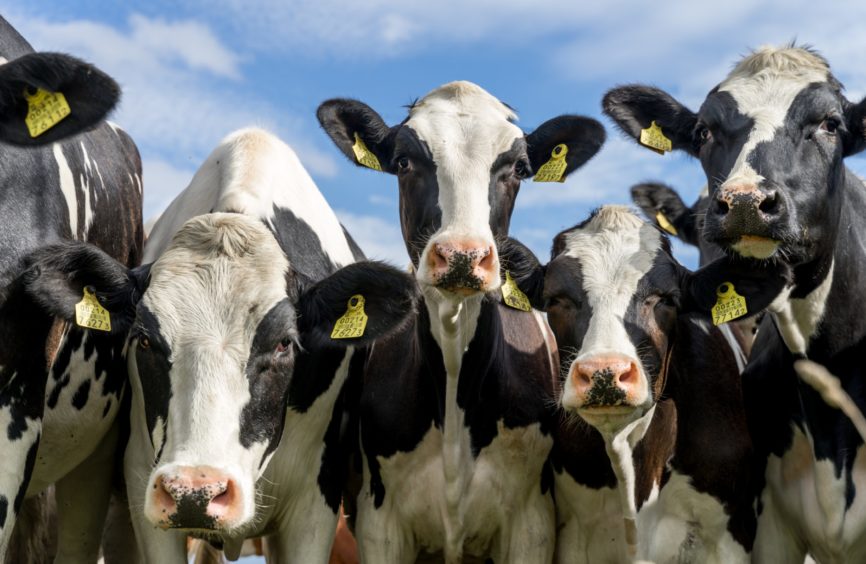
As healthy, contented cows make milk production more efficient – and therefore with a lower emissions footprint – farmers are using technology such as Fitbit-like collars or ankle bracelets, and sensors that pick up and analyse behaviour to check on welfare.
Arla is also backing research into feed additives that could reduce methane emissions from cows, as well as the impact of the greenhouse gas, and trialling biogas or “poo power” from slurry as a fuel for its tankers, the report said.
Increasing the renewable energy produced on farms can also reduce emissions, with more than a quarter (27%) of Arla farmers generating electricity from wind or solar to power their own operations and feed into the grid.
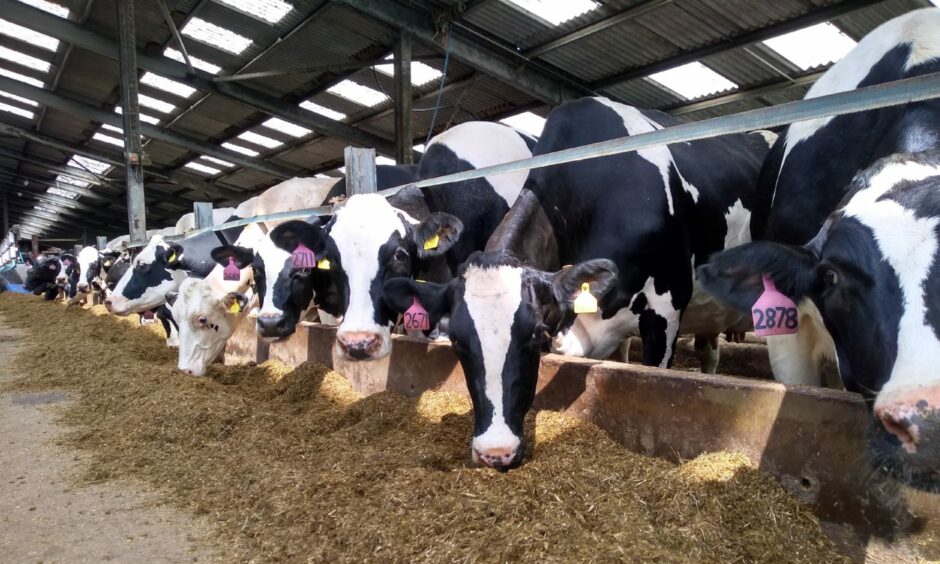
Arthur Fearnall, a member of the Arla Foods board of directors, said the co-operative hoped the report would help the public understand dairy farming better.
“We have put a huge amount of time and investment into collating the data which we will now use to make decisions on farm,” he added.
Alice Swift, agriculture director for Arla Foods, said: “Dairy can and should be part of a sustainable diet and our new report is a major step forward in demonstrating just how much action is already under way across Arla farms as we move towards carbon net zero dairy production.
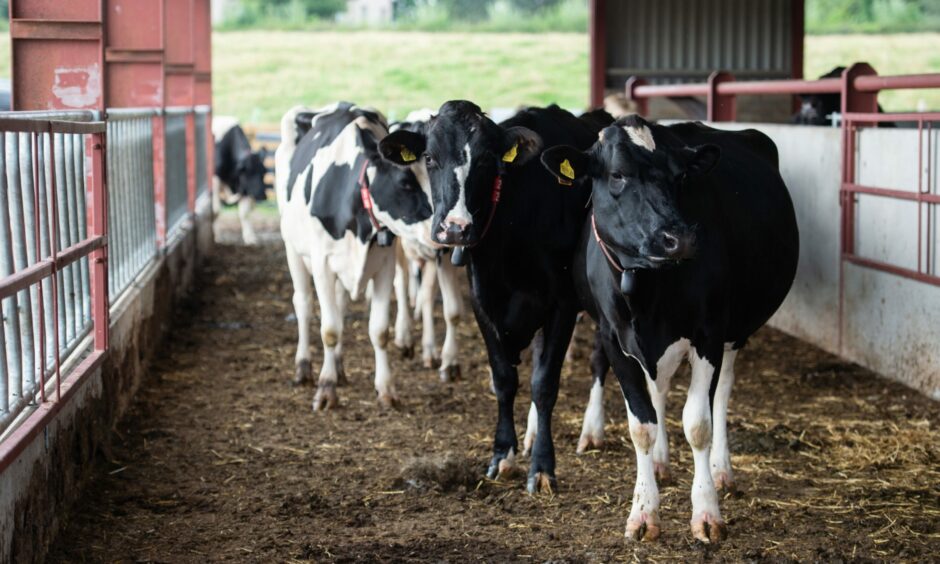
“All food production creates emissions, but our farmers are stepping up to help with the climate and environmental crisis we face.
“If we want more biodiversity, fewer emissions through natural processes and a reduced reliance on ultra-processed foods, then the only answer is to support British farmers, who already have many of the answers, but not always the financial resources to implement them.”
